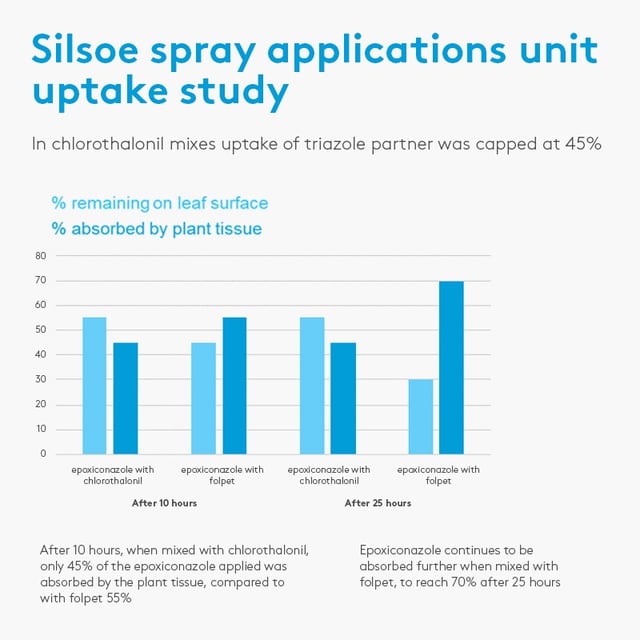2018 - T0 fungicides vital for protection against septoria

With the first signs of septoria already being reported in pockets of the UK, growers should consider a T0 fungicide application to give their wheat protection programmes an early start.
The wet conditions after last year’s harvest resulted in crops of winter wheat being drilled across a wide window of dates, with some crops going in, at or near their traditional drilling date, and others being delayed, often by up to a matter of weeks. As a result, winter wheat crops across the UK are currently at a range of growth stages, from 2-3 true leaves to late tillering.
Amongst these crops there have been multiple reports of crops showing the early signs of septoria infection: to date these infections are at relatively low levels, thanks in large to the ongoing frosty conditions which have kept spore development to a minimum.
Despite this, growers shouldn’t be complacent when it comes to protecting crops against this key disease which has the potential to cause significant yield losses in most years, especially as the UK’s increasingly wet weather provides the perfect conditions for septoria spores to thrive and spread between leaves via rain-splash translocation.
Growers and agronomists must therefore keep a close eye on the situation, especially if the spring turns out to be both wet and mild: if such conditions do manifest themselves, preventative T0 applications will be vital to ensure crops are protected, not just against septoria, but also against rust infections.
Folpet – the ideal T0 fungicide
T0 applications should include a multi-site fungicide such as folpet to provide effective protection against septoria, and to protect azole partners against further erosion of efficacy due to resistance. (Click here for more information about fungicide resistance).
Folpet offers the additional benefit of not interfering with the curative kickback activity of partner azoles: this is an important factor, especially where active rust is present as it is important to maximise the speed of activity and curative effect of the azole in order to combat infections effectively.

Arizona and Manitoba – the perfect T0 multi-site fungicides
Arizona: a unique multi-site protectant fungicide containing straight folpet for providing an anti-resistance strategy for the control of septoria and a range of other cereal diseases in wheat and barley.
Manitoba: a unique combination of the anti-resistance component, folpet, plus a leading azole, epoxiconazole, offering broad spectrum flexible disease control for cereal crops.
 United Kingdom
United Kingdom Select country
Select country




